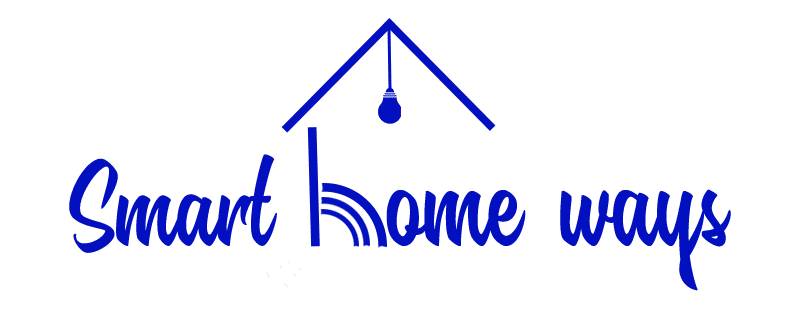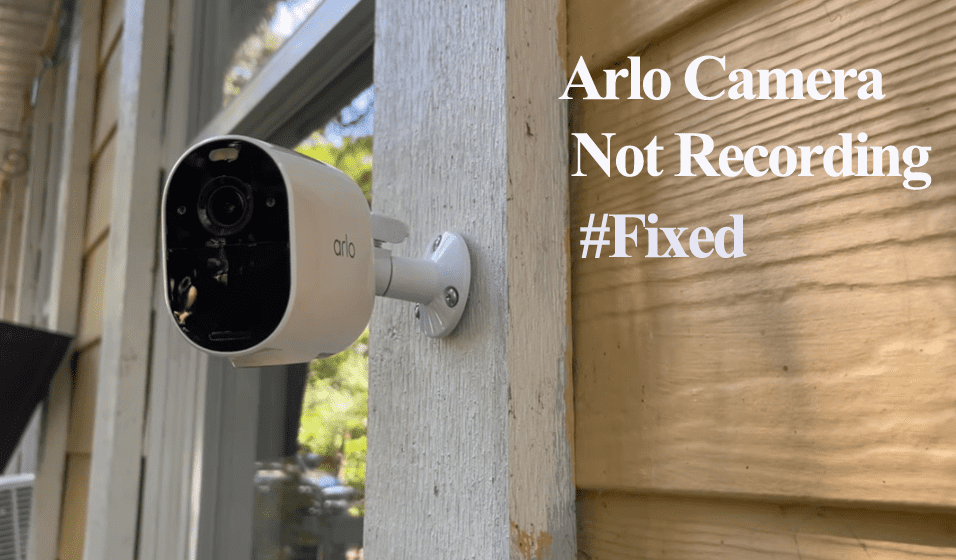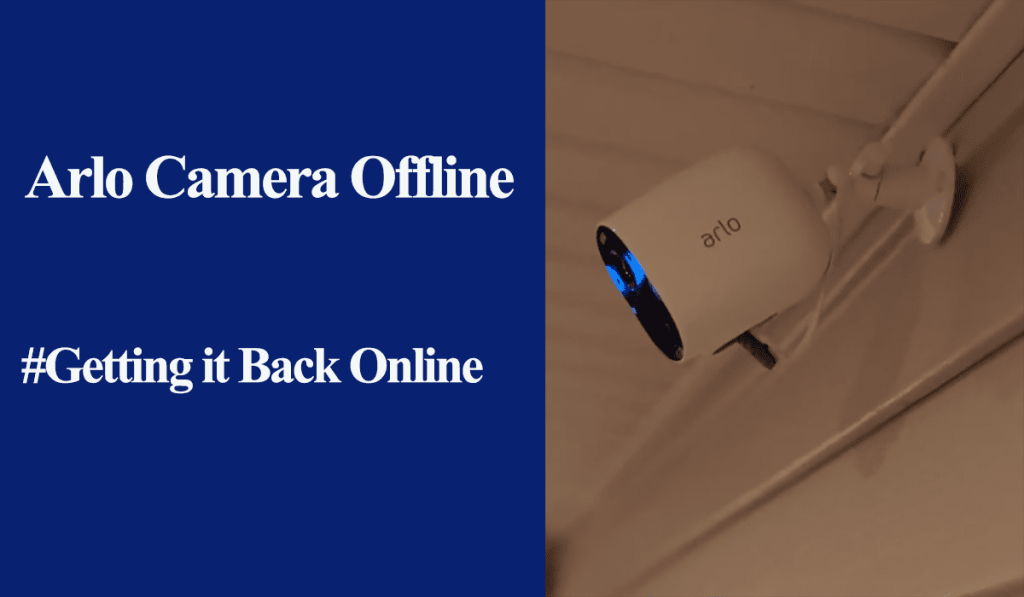Arlo cameras not connecting to your Wi-Fi network via the app can be a frustrating experience. After purchasing a new device, I aim to hook it to my network and test the advertised features.
I’ll guide you through the troubleshooting steps to identify the root cause and fix the connection issue.
Why Won’t My Arlo Connect to My Wi-Fi?
Typically, Arlo cameras won’t connect because you are using an incompatible Wi-Fi network or running a VPN on your mobile device. When connecting your camera, use a compatible 2.4 GHz Wi-Fi network and disable VPN on your mobile device.
That said, a couple of other factors affect the connection process. Here are common reasons for a connection failure;
- Connecting to a 5 GHz Wi-Fi network. Like most home products, some Arlo cameras support the 2.4 GHz Wi-Fi frequency band. Arlo Pro 5s cams can sync to 2.4 or 5 GHz networks after setup.
- Poor Wi-Fi signal – insufficient to register and initialize your camera.
- Running a VPN or Ad-guard on your mobile device. This masks your device’s IP address; it can’t access other devices on your network.
- Router settings like MAC address filtering, Firewall, or Port blocking
- The camera isn’t within your network’s range
- Not allowing the necessary location or Bluetooth permission
- The Camera isn’t in pairing mode – the indicator flashes blue rapidly
- A faulty device
The Arlo status LED indicator should guide you through the troubleshooting steps. If your setup includes a Base station, here is an article Arlo cameras not syncing.
Arlo Camera Not Connecting to Wi-Fi – Troubleshooting
When setting up the Arlo camera, ensure your mobile device is connected to the same 2.4 GHz and allow the necessary location and Bluetooth permissions. This eases the device discovery process.
Ensure the camera is set up (the LED indicator flashes blue) while pairing to the app. This usually lasts about 2 minutes before the camera falls into standby mode.
For Arlo battery-powered models, ensure batteries are charged fully before starting the setup process.
Try these solutions to get your camera hooked to your network and the base station;
Power cycle your Devices
To refresh your devices, restart the camera and network devices.
Power cycling your router refreshes the network connection and clears any IP conflict issues.
Unplug the router from the outlet and plug it back in to restart it. Once it initializes and broadcasts an active network, power cycle the camera.
Next, reboot the Arlo camera and retry the setup process.
Check Your Network Settings
To hook your camera, there must be an active Wi-Fi network – set to a 2.4 GHz frequency band.
Therefore, ensure that your router is set to broadcast on 2.4 GHz. If your router broadcasts the 5 and 2.4 GHz frequencies in a single SSID, turn off the 5 GHz option on the router’s admin portal. Once the camera connects, turn it back on.
Alternatively, separate the frequencies into distinct entities with distinct SSID and passwords.
While on your router’s panel, ensure that MAC address filtering is off. This option can prevent your router from allocating unrecognizable devices’ IP addresses. Therefore, causing the connection problem when setting up your camera.
Keep the Wi-Fi name and password less than 31 characters. Also, ensure that your Wi-Fi password doesn’t contain any special characters that the app could interpret differently. Avoid characters like “ { } $ * ) # on your Wi-Fi password.
Ensure that “WPA/WPA2” is the selected Wi-Fi security encryption. Smart home devices are still having difficulty decrypting newer encryption techniques like WPA3.
Finally, keep your Wi-Fi network one of channels 1, 6, or 11. Pick a specific channel and reconnect your camera if you have set it on auto.
Your mobile device must be connected to the network to which you intend to add the camera. You can move a step further and disable your cellular data.
If you make any changes on the admin portal, forget the Wi-Fi network on your mobile device, restart the devices, and connect to the updated Wi-Fi SSID.
Before attempting a reconnect, test that your internet works. Now try connecting your camera to test the connection.
Move The Camera Closer to Your Router
The signal strength weakens as you move away from the primary router or as the number of obstacles increases.
It is always recommended to set up the camera while close to the router and then move it to the installation.
This allows the camera to receive a strong signal during the setup when it is registered to your account and in communication with the cloud servers.
To avoid offline issues, ensure the end installation point receives a strong network signal for the indoor and outdoor cameras.
If you need to boost your network, upgrade to a mesh network topology or install a Wi-Fi extender.
Disable VPN, Router Firewall, and Ad guard
VPN and Ad guard mask your mobile device’s IP address; thus, it won’t communicate with other devices on your network.
When running a VPN or ad blocker, your device is virtually on another network, different from your router’s local network.
The VPN or Ad guard is likely to block the camera’s hotspot. You won’t find the network in the list of available ones.
Disable the VPN and ad guard when setting up smart devices.
Also, confirm that necessary ports aren’t accidentally blocked if your router has an active firewall.
Check your App version.
Using an outdated app could be why your camera isn’t connecting to your Wi-Fi network.
Check your respective app store for updates and update if one is available.
While checking your app version, clear the cache to refresh its memory and clear up clogged-up log files.
With an up-to-date app, you get the latest features and have reduced software bugs.
Factory Reset the camera
Factory resetting restores the camera’s default firmware, clearing any corrupt config files that could affect the connection process.
Before resetting, be sure to exhaust the above options. Otherwise, you will run into the same network issue after resetting the camera.
Depending on your camera model, you might have to release the camera from the housing to find the sync button.
To reset the camera, press and hold the SYNC button for 15 – 20 seconds. Once the camera LED blinks, release the button and let the reset process take the course.
The camera resets and enters pairing mode. Try connecting it via the Arlo secure app.
Bonus Solutions
Try a different phone – Sometimes, the connection problem has nothing to do with the Wi-Fi network or the camera but with your mobile device.
If you can access a different mobile device, preferably running on a different OS from the one you were using, try it out.
Try again later – This is usually applicable and helpful when the servers are down or experiencing connectivity problems.
Let things cool down, and retry connecting your robot after a few hours.
Contact Customer Support – If you have given it all you got to no avail, contact Arlo customer support for guidance. The camera could be defective, or its firmware is corrupt. Contacting the support team should get the unit replaced.



